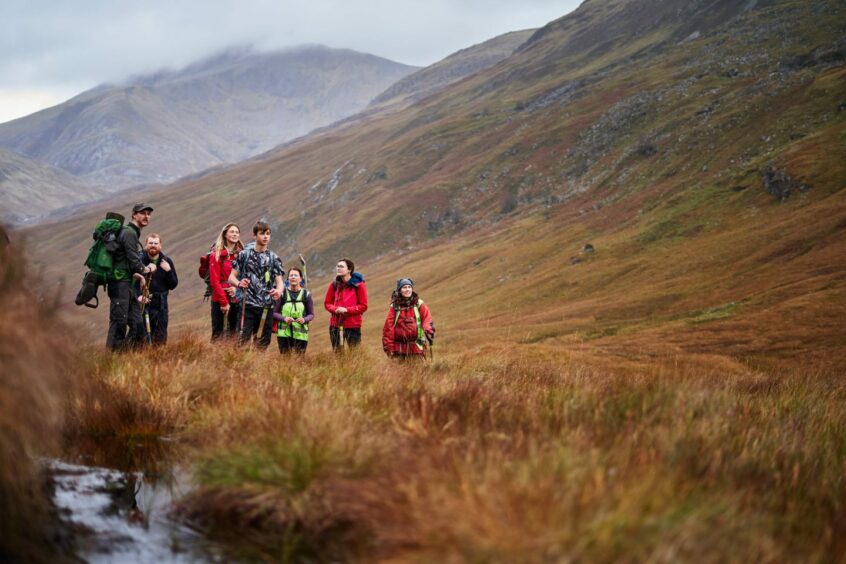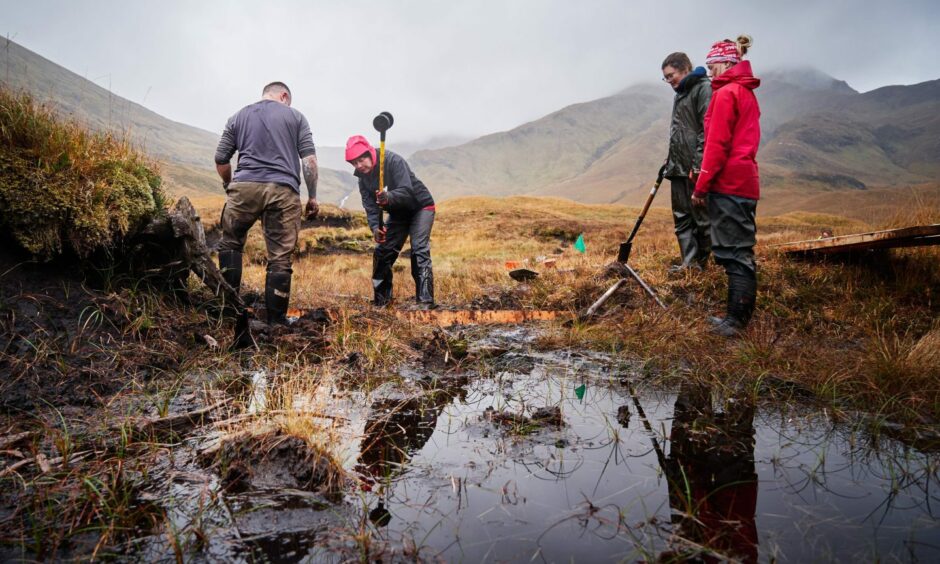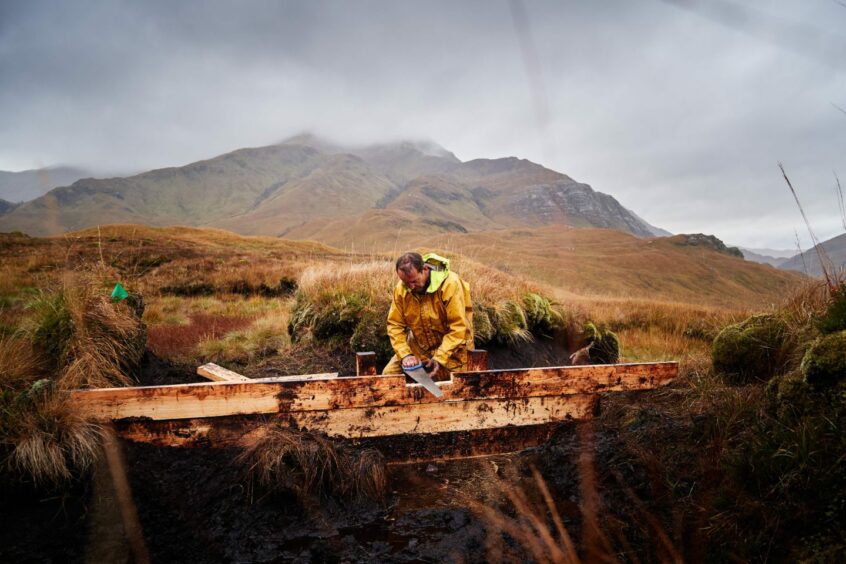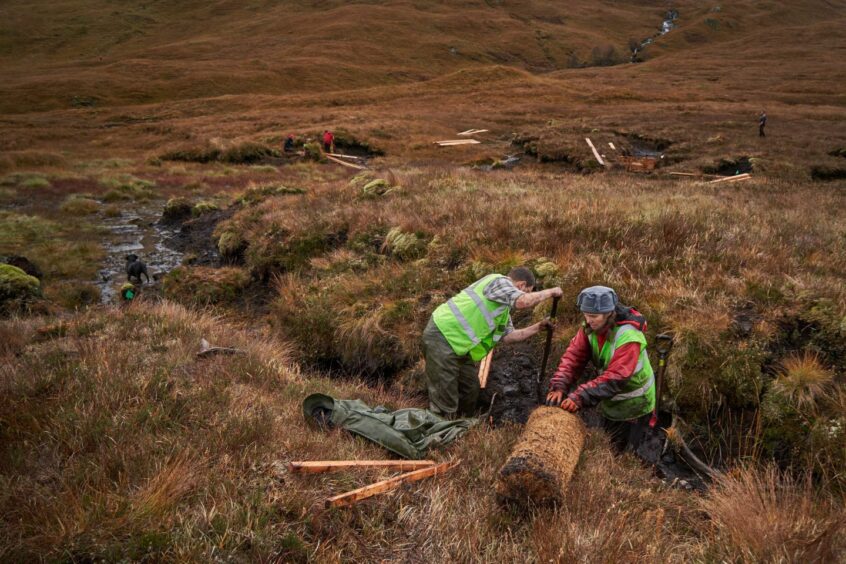With help from Lochaber High School important work is underway to restore 1.2 hectares of peat bog in the Highlands.
Teams from the John Muir Trust have partnered with Act Heritage and high school volunteers to restore a peatland site at Glen Nevis.
Working at a site east of Steall Falls, the organisation partnered with Lochaber High School to help offer opportunities to give land management and visitor engagement experiences for pupils.
Ali Austin, Ben Nevis manager for the John Muir Trust, said: “We’re delighted to have kick started this project, with the support of our members and volunteers, to protect and restore a globally important habitat in Glen Nevis.
“We see it as a way to ‘think global but act local’, giving nature the freedom to repair itself and help in the fight against climate change.”
What is peatland and why is it important?
Peat bogs make up around 3% of the earth’s surface and play an important role in helping combat climate change.
Healthy peatlands capture Co2 from the atmosphere through photosynthesis from plants grown. These are then unable to fully decompose due to the wet conditions and instead store the carbon that would have been released into the atmosphere as Co2.
This has a net cooling effect on the climate.
Peatlands make up 12% of the UK’s land area however, around 80% are in poor condition due to draining, burning, or consistent trampling by deer and sheep.
This causes the carbon rich soil to dry up which then releases the stored carbon into the atmosphere.
Already seeing a difference on the site
Using a process called “rewetting”, the idea is to restore the land at Glen Nevis to capture and store carbon again through natural processes.
In order to do this, teams helped to build a series of wooden and stone dams in strategic locations to help slow the flow of water out of the bog.
Coir logs made of coconut husks are also being used to create a series of blockers to back up the water flow.
Donald Mackenzie, Act Heritage conservation works supervisor, said helping to carry out the restoration process had been fascinating.
“This is the most remote site we have carried out peatland restoration work and it’s been really interesting,” he said.
“It was great to see the dams starting to work with water filling up behind almost immediately as we built them and it would be nice to think migrating birds might use these pools in the future.”





Conversation